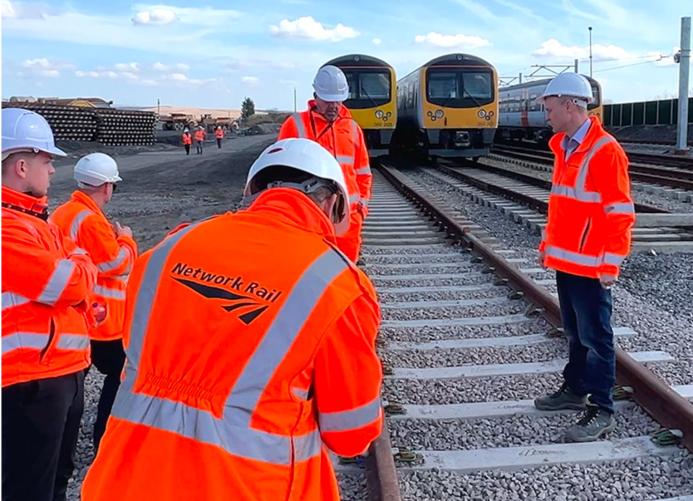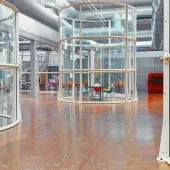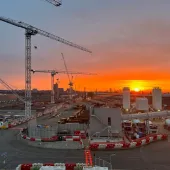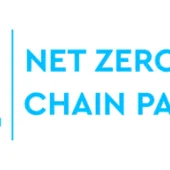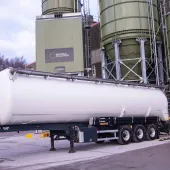Concretene sleeper trials mark step forward for low-carbon rail
Concrete sleeper trials using a graphene-enhanced, lower-carbon mix have been successfully completed at the Global Centre of Rail Excellence (GCRE) in South Wales, with full testing approval from Cemex and Network Rail.
Developed in partnership with Cemex Rail and Concretene, the precast sleepers use 3.75 kg less cement than standard G44-type designs, reducing the CO₂ footprint by around 7% per unit. A second-generation version aiming for a 15% reduction is already in development.
The work formed part of an Innovate UK–funded programme to showcase sustainable rail innovations, backed by the Department for Business and Trade (DBT). Concretene was one of 12 successful applicants selected to trial technologies at the GCRE site — a large-scale regeneration project on a former open-cast coal mine near Swansea.
Sixty sleepers were cast and installed by local contractor KGJ Price in preparation for a live demonstration in March 2025. More than 200 visitors attended the showcase event, including senior figures from DBT, Network Rail, Vossloh and Arup.
James Brewer, head of rail supply chains at DBT, said: “It’s fantastic to see the progress made since I first met Concretene’s Alex McDermott around 18 months ago at the Graphene Engineering Innovation Centre.”
The sleeper trials represent a key milestone in real-world deployment of graphene-enhanced precast, a technology developed by Concretene with the University of Manchester’s GEIC to reduce carbon emissions while maintaining structural performance.
Cemex has confirmed that the new sleeper design meets all internal quality benchmarks, with Network Rail approvals also secured. The project is one of several recent collaborations focused on cutting embodied carbon in concrete infrastructure, particularly in transport and utility networks.
The GCRE site is expected to play a major role in testing and validating innovations that can help revitalise the UK rail supply chain and support wider net zero targets.

